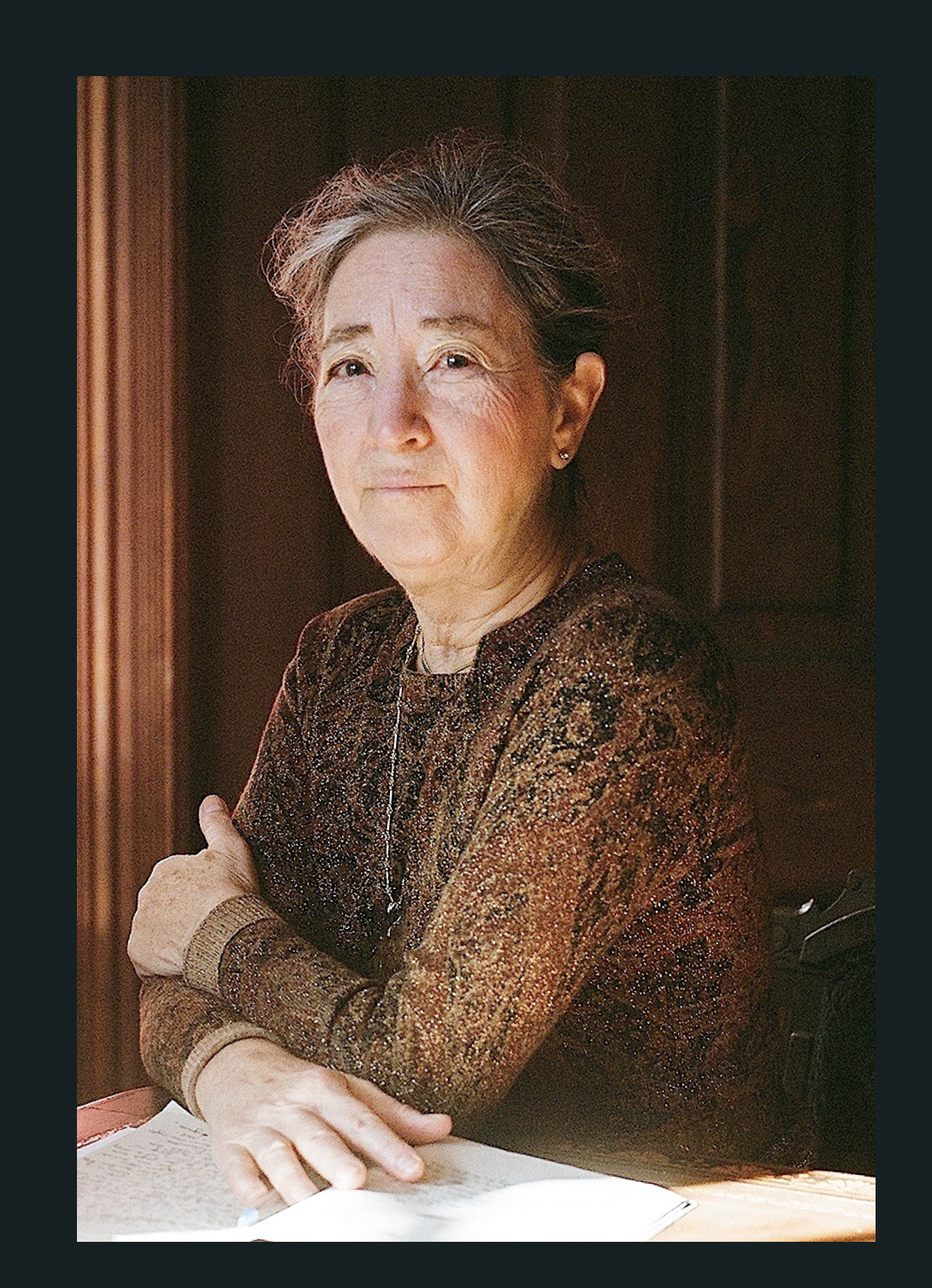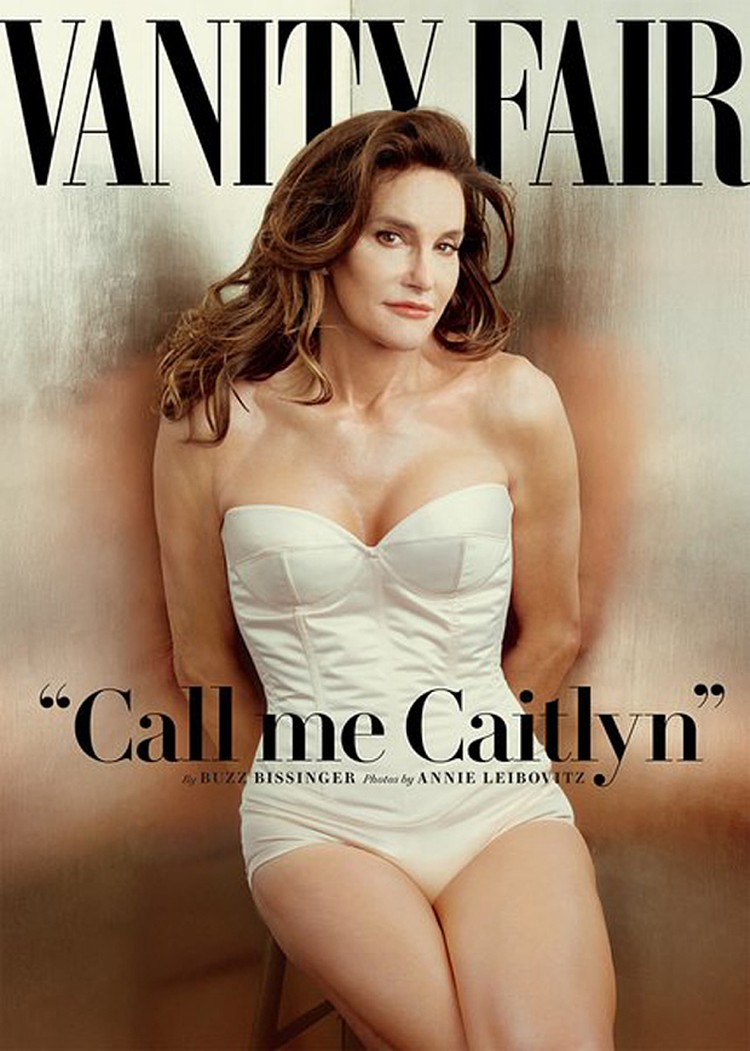What the commentators fail to say about Caitlyn Jenner is that when she came out as a woman publicly in Vanity Fair recently, she did not come out as an older woman.
It’s hard to say whether Caitlyn Jenner or photographer Annie Leibowitz or the costume shop at Vanity Fair did most to provide Jenner, age 65, with an image that embodies hyperfeminine beauty standards. In plain language, together they made her look like a 25-year-old bimbo. She’s the oldest woman Vanity Fair has ever shown on its cover, but that chronological fact is not what the cover shows.
Perhaps even while she was known as an Olympic athlete, Jenner apparently wanted to have enormous breasts and a slim waist, and even, which is harder to imagine, slender, female-muscled arms. (It must be hard to give up some positive things about your lifelong identity to get the look of female youth in all its ephemeral details.) And Caitlyn wears as well the secondary female appurtenances that any prepubertal 8-year-old can have these days, long hair, lipstick and nail polish.
The political point she, or they, wanted to make—that trans women can be fully feminine (in a big-eyed, loose-haired, 1970s way)—was made. This artful point—since so much art went into it—was aimed mainly at cis people (born with the sex characteristics and gender identity they currently have) who are stuck in traditional gender norms, to make them comfortable with gender transitions.
Credit wherever credit is due: I think the image succeeds in proving just that to those unaware that the result depends on the play of somewhat dated sex images and well-trained, professional camerawork, as well as whatever “work” Jenner endured.
But being 65 is what is also being hidden in the rush and need to hide maleness so completely.
Hidden from us, if not from Jenner herself. I’m not faulting her for doing the shoot. Let her, or any similarly inclined trans woman, have a day in the sun, in a fantasy that only a photographer (who can gild the top of the breasts with light and hide any latent 5-o’clock shadow) can manage. All of us, aging, who choose to eschew surgery and who enjoy our slowly changing faces, want to look good in photographs. We could, if the right eye were behind the lens and ruled the click of the shutter: the anti-ageist eye that can see beauty and character in faces over 25 and faces over 80. Such images might not make the covers of pop culture magazines, but only they can change the dangerous and dominant idea that we inevitably are unworthy of being visible as we age.
Jenner won’t try to look like a Playgirl model in a bathing-suit contest on her reality TV show. Nor in real life. Presumably, she wakes up in the morning with those heavy breasts, chipped nails, face without make-up, and whatever wrinkles and sags the camera hid. She walks around daily not in a bustier but in comfy bedroom slippers and then ordinary attire that you don’t have to suck in your breath to wear. Annie Leibowitz, who is also exactly 65, does the same.
The media present “ideal” images at a social cost. This particular image carries an obvious cost for trans people. Dr. Cary Gabriel Costello writes in his blog, TransFusion, that the Vanity Fair cover perpetuates the idea that “to be ‘successful’ in a gendered transition, a trans person must want and get a ton of plastic surgery to make them look just like a cis person, and must appear conventionally feminine or masculine.”
But there’s an even bigger cost, in our youth-obsessed culture, to everyone looking at the image, everyone male or female, everyone cis or trans, whether only temporarily young or no longer young. The image says to us that the conventional beauty and sexiness standards are still and forever young, young, young. And tarted up. “Successful” aging requires hiding your age, whatever the effort required. Appearing as a woman means “a ton of plastic surgery” as well as hair dye, posing, imitating youth—walking young, having no loose flesh. This is the sadder message under the pleasing and teasing and concealing surface of the image.
I am older than Jenner and Leibowitz. Seventy-four. Not trying to look 25. Not willing to be excluded from womanhood.
I think of Sojourner Truth, the great, African American ex-slave who fought for women’s rights and abolition in the 19th century. Like her, but in our current soul-denying youth culture, I demand, “Ain’t I a Woman?”
© 2015 Margaret Morganroth Gullette

Margaret Morganroth Gullette is the author, most recently, of American Eldercide: How it Happened, How to Prevent It (2024), which has been nominated for a Pulitzer Prize and a National Book Award. Her earlier book, Ending Ageism, or How Not to Shoot Old People (2017), won both the MLA Prize for Independent Scholars and the APA’s Florence Denmark Award for Contributions to Women and Aging. Gullette’s previous books—Agewise (2011) and Declining to Decline (1997)—also won awards. Her essays are often cited as “notable” in Best American Essays. She is a Resident Scholar at the Women’s Studies Research Center, Brandeis University.



